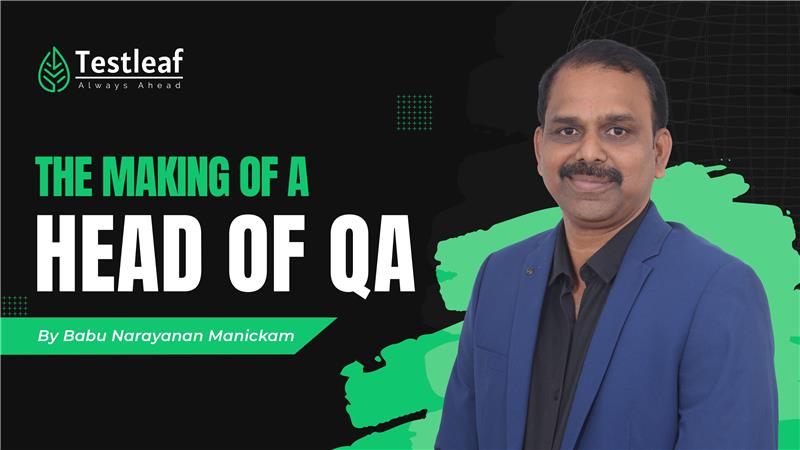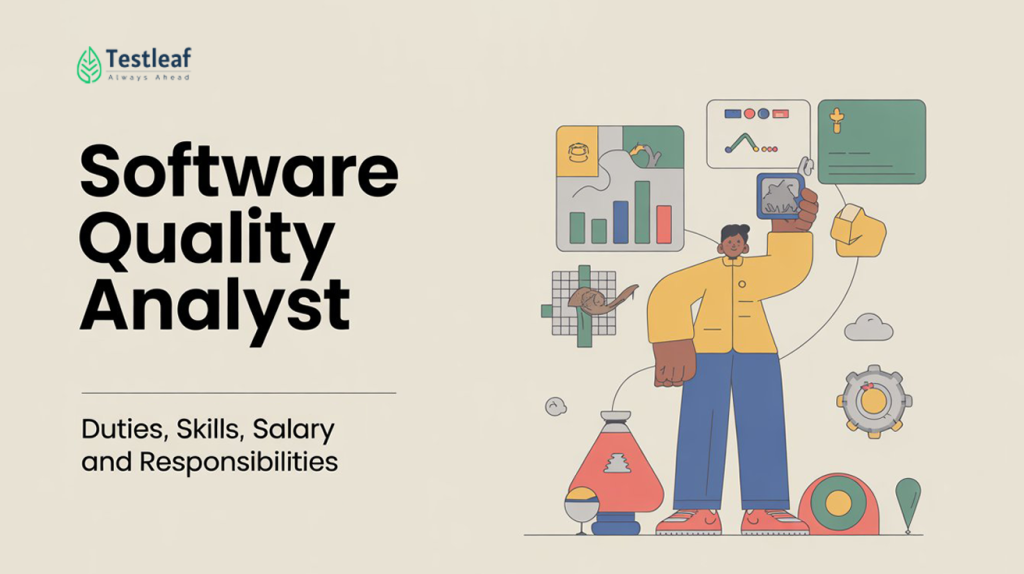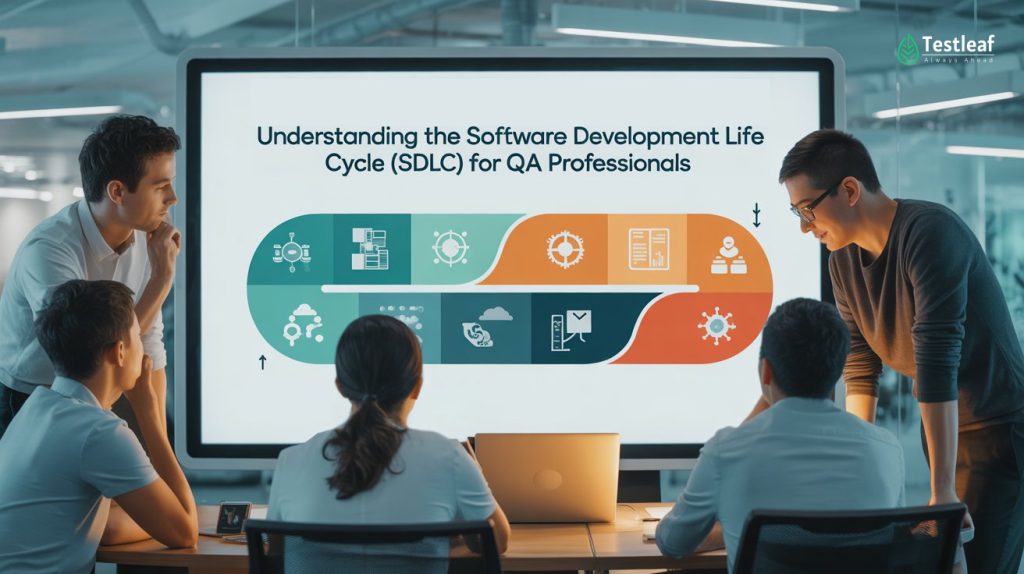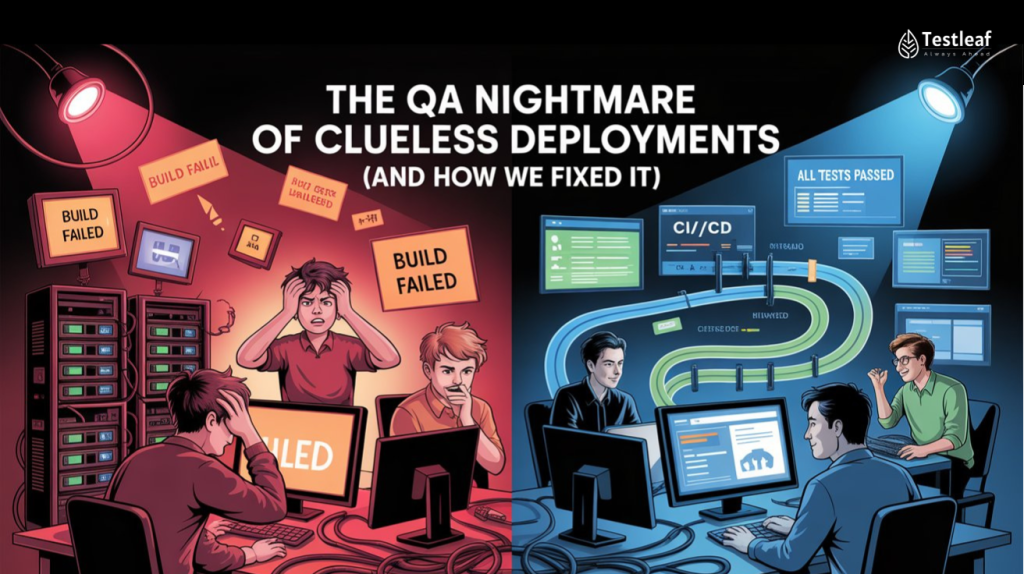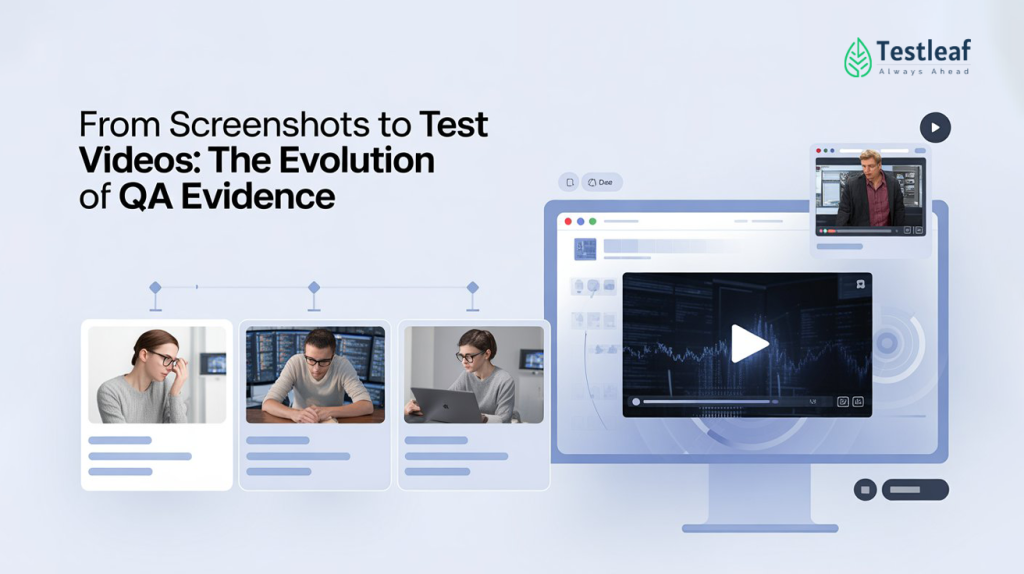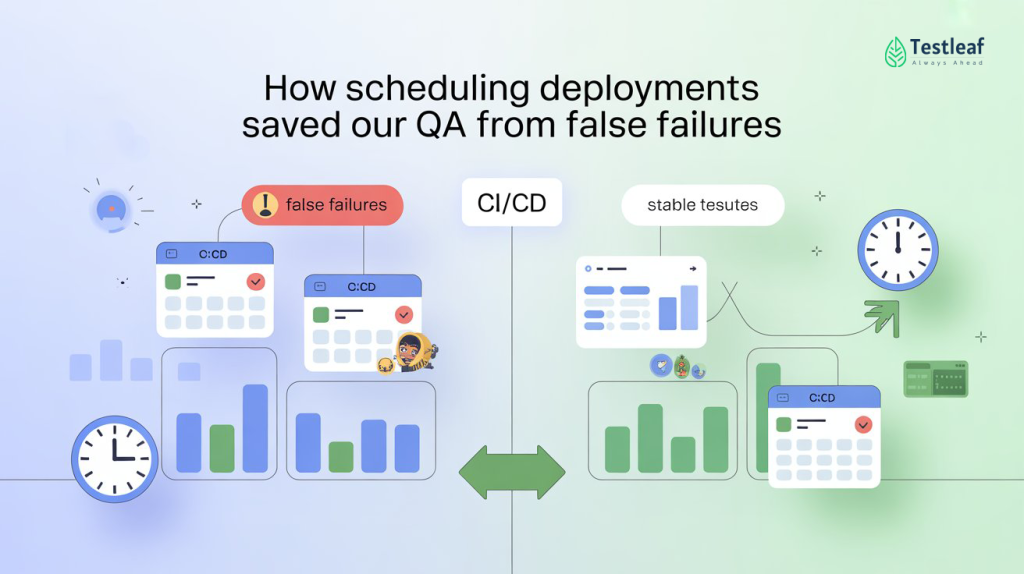Setting the Context
The journey to becoming a Head of QA is rarely linear. It demands not only deep technical expertise, but also a global business mindset, a drive for continuous innovation, and an ability to influence change across complex organizations.
Recently, during a podcast and a candid conversation with a fellow leader, I was asked a series of questions about my path to QA leadership. Reflecting on my work—spanning Syntel, HCL, Hewlett-Packard (where I led multi-national projects for DirecTV, Ashok Leyland, P&G, GM, Telstra, Cadbury, WestJet Airlines, and DHL), ITOrizon, and now as CEO at Qeagle—I realized that sharing my perspective could be invaluable for those aspiring to senior QA roles.
Below, I answer these questions in detail, blending principles with stories from my own leadership journey. I hope this inspires you to chart your own impactful path in quality engineering.

Q1: How do you move from a QA Manager to a Head of QA?
In my experience, especially at Hewlett-Packard and later at Qeagle, this move required evolving from operational oversight to defining and driving the entire organization’s quality strategy. I shifted from coordinating test cycles to aligning quality with business goals, influencing architecture, and embedding quality in every release pipeline. Whether supporting DirecTV’s complex systems or scaling automation for Procter & Gamble, my focus was always on creating frameworks and cultures for continuous delivery at scale.

Q2: What core skills differentiate a Head of QA from other QA roles?
My years at Syntel and HP taught me three essentials:
- Strategic Vision:At Cadbury, this meant aligning test automation initiatives with global rollouts and market launches.
- Cross-functional Leadership:Bridging QA, dev, and product at organizations like GM and Telstra, where success depended on orchestrating distributed teams.
- Change Management:Implementing process and tech transformation (DevOps, AI, shift-left) at WestJet Airlines and Ashok Leyland, I learned to champion early adopters and empower technical leads across squads.

Q3: Is mastering every area—security, performance, accessibility—realistic for a Head of QA?
Not at all. My approach, honed at HP and Qeagle, is to recruit and empower domain specialists. For instance, on the GM SAP transformation, I integrated security, performance, and functional leads to ensure robust, end-to-end coverage without spreading myself too thin.

Q4: What does “owning quality across the organization” look like in practice?
Whether at HP or Syntel, true ownership meant embedding QA into all lifecycle stages. We ran shift-left workshops, defined testability up front, and integrated feedback loops into production monitoring. This hands-on, “quality everywhere” model drastically reduced defect leakage at companies like Telstra and DHL.

Q5: How do you handle situations where speed and quality seem at odds?
I’ve faced this at every scale—from Syntel’s high-pressure project deliveries to Qeagle’s SaaS rollouts. The answer is always risk-based prioritization and automation. At Ashok Leyland, for example, automation in regression and prioritizing high-risk flows helped us maintain velocity and confidence.

Q6: What was a pivotal moment in your journey to QA leadership?
A turning point was leading a global quality transformation for Procter & Gamble at HP. Over six months, we automated 70%+ regression cases, implemented business-aligned quality gates, and most importantly, built a culture where everyone—from dev to support—felt responsible for quality outcomes.

Q7: What advice would you give to aspiring QA leaders?
Throughout my journey—from managing teams in Syntel to transforming processes at Qeagle—I realized the real differentiator is business acumen. Technical mastery is foundational, but connecting quality improvements to business KPIs and building relationships across functions is what propels leaders forward.
Q8: How should a Head of QA approach AI adoption in testing?
Drawing from recent AI-driven pilots at Qeagle, my advice is to start with clear, high-impact pilots—AI-powered test case generation or defect triage—measure the impact, and scale based on proven value. This mirrors how we piloted automation in critical modules at Cadbury and rolled out successful frameworks company-wide.

Q9: What does it mean to be “developer-friendly” as a QA leader?
Developer-friendliness is about integrating QA into engineering flows. At ITOrizon, we built plugins and feedback loops that let developers auto-run and extend smoke/regression suites. This approach made QA a partner, not a gatekeeper, and increased overall quality ownership.

Q10: How do you ensure QA delivers measurable business outcomes?
I always link quality metrics to business results. At Qeagle and previously at WestJet, our automation efforts were tracked against reduction in incidents, improved release frequency, and customer NPS. These results made QA visible at the executive level and justified further investment in tooling and upskilling.

Q11: How do you build and lead a high-performing QA team in the AI era?
Recruit for adaptability and curiosity. At Qeagle, our most successful engineers came from diverse domains but shared a hunger for learning. Internal AI-in-QA workshops, hackathons, and shared wins have built a culture of experimentation and rapid upskilling.

Q12: What AI capabilities should a modern QA function prioritize?
At Qeagle, we prioritize LLM-driven test script generation, visual regression, and predictive analytics for intelligent test selection. Our experience automating Playwright test creation from requirements is a testament to the productivity gains AI can drive.

Q13: How do you bridge the gap between QA and business teams?
Translate technical impact into business value. For instance, when DHL adopted our automation suite, we reported time-to-market improvements and error reductions in terms of business revenue and customer retention, not just defect counts.

Q14: How can QA proactively influence product innovation?
QA drives innovation by turning analytics into actionable insights. At Telstra, defect and user-flow analytics informed product roadmap decisions, leading to tangible improvements in user experience and churn reduction.
Q15: What are the pitfalls to avoid when bringing AI into QA?
Never overpromise on AI. At Qeagle, we validate all AI models with human review before scaling, ensuring explainability and avoiding blind spots—lessons learned after early pilots exposed model drift in certain business flows.

Q16: What are key strategies for scaling a QA team as the organization grows?
Leverage modular teams, best-practice playbooks, and internal “guilds.” At HP, our knowledge-sharing across domains (SAP, web, mobile) was instrumental as we grew from a handful of engineers to supporting global giants like P&G and GM.
Q17: How do you scale QA’s impact on the broader business?
In my work with clients like WestJet Airlines and Procter & Gamble, scaling QA meant embedding quality checkpoints into every phase of the delivery lifecycle—from early design through production support. At Qeagle, I ensure QA is present in customer reviews, product strategy meetings, and even sales demos. This visibility helps QA move from a cost center to a value creator, directly influencing business decisions and outcomes.

Q18: What are some creative ways to build and nurture high-performing QA teams?
During my time at HP and Syntel, cross-pollinating talent and rotating team members between domains (automation, performance, AI, and even DevOps) proved invaluable. At Qeagle, internal hackathons, “Bug Bash” competitions, and AI learning sprints keep the team energized and foster a growth mindset. These initiatives have helped us discover hidden leaders and accelerated skill development.

Q19: How do you identify new opportunities with customers for QA value-add?
When engaging with clients like DHL and Ashok Leyland, I always listen for pain points beyond immediate testing needs—such as compliance challenges, integration headaches, or customer experience gaps. Proactively offering solutions (like compliance automation for DHL’s global shipments or rapid test data generation for Ashok Leyland’s SAP upgrades) often leads to deeper, longer-term partnerships.

Q20: How does QA contribute to the value chain of an organization?
QA’s true value is realized when it’s a proactive partner in the value chain, not just a final checkpoint. At Telstra, early involvement in requirement workshops and architecture discussions meant our automation frameworks could support faster, safer launches. At Qeagle, QA’s engagement with DevOps, product, and support teams ensures we prevent defects, optimize processes, and maximize customer value.

Q21: Why is sticking to the fundamentals still critical in modern QA?
My experience across Syntel, HP, and Qeagle confirms that while tools and trends evolve, fundamentals like traceability, clear requirements, and risk-based planning never go out of style. On every project, we’ve seen that when these basics are strong, advanced automation and AI initiatives succeed more quickly and deliver lasting results.
Q22: How should QA leadership adapt based on company type—service, product, capital-intensive, or startup?
At Syntel and HCL (service firms), I learned the importance of scalability, flexibility, and rapid context switching. At HP, supporting product launches for global brands like Cadbury and GM, we focused on maintainability and long-term quality. For capital-intensive clients, compliance and risk management were paramount. Now, at Qeagle—a tech-driven, entrepreneurial environment—I balance speed, innovation, and disciplined execution, adapting our approach to client context and maturity.
Q23: How do you balance innovation with proven practices in QA?
In global projects (e.g., GM’s SAP transformation), we piloted new automation tools and frameworks in non-critical modules before full-scale rollout. At Qeagle, we blend AI-driven testing with classic peer reviews and root-cause analysis, ensuring we reap the benefits of innovation while maintaining reliability and compliance.
Q24: What does the future of QA leadership look like in the next 5 years?
QA leaders will become strategic partners—leveraging AI to drive predictive quality, automating feedback loops, and influencing both product and business roadmaps. My recent work at Qeagle shows that as digital transformation accelerates, QA leaders who build cross-functional, AI-augmented teams and stay grounded in fundamentals will shape the next wave of industry growth.
Q25: What is your advice for QA professionals aspiring to global roles?
Having managed teams and projects across India, the US, and Europe, my advice is: embrace cross-cultural collaboration, remain curious, and build business fluency alongside technical mastery. Leverage every opportunity—like working with clients such as DirecTV or P&G—to learn new domains and adapt to global best practices. The combination of technical depth, strategic thinking, and cultural agility is what sets global QA leaders apart.
Connect with me on LinkedInif you want to discuss these ideas further or learn more about building the next generation of quality engineering teams.
We Also Provide Training In:
- Advanced Selenium Training
- Playwright Training
- Gen AI Training
- AWS Training
- REST API Training
- Full Stack Training
- Appium Training
- DevOps Training
- JMeter Performance Training
Author’s Bio:

As CEO of TestLeaf, I’m dedicated to transforming software testing by empowering individuals with real-world skills and advanced technology. With 24+ years in software engineering, I lead our mission to shape local talent into global software professionals. Join us in redefining the future of test engineering and making a lasting impact in the tech world.
Babu Manickam
CEO – Testleaf
